It isn’t too late to start your garden.
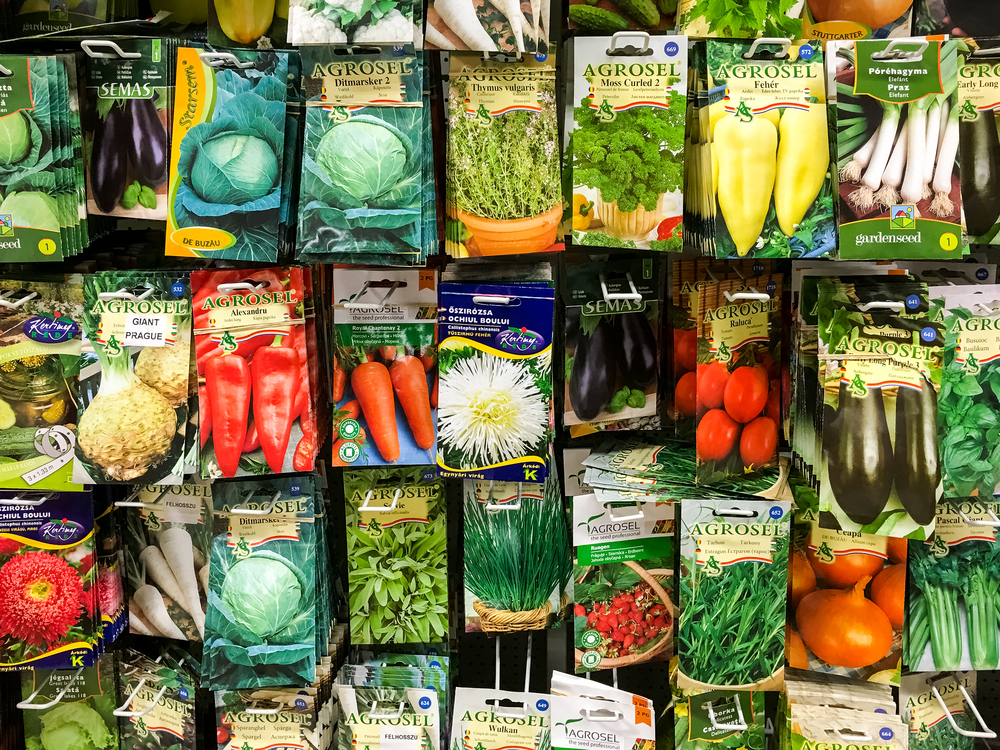
There’s a common misconception that if you’re going to grow a garden, you have to plant in the spring. For many vegetables, you’ll need to sow seeds or plant seedlings shortly after the last frost, but straying from conventional timelines isn’t necessarily going to make or break your food-growing journey.
You’ll be relieved to know that you still have plenty of time. And depending on which part of the country you live in, there is a variety of crops from which you can choose. Here’s our list of vegetables you can plant in June, along with some helpful tips to get started.

Photo by Brent Hofacker/Shutterstock.
Radishes
June is actually a great time to put quick-maturing summer radishes in the ground. This is because when heat reaches its peak, it can cause the flavor of these veggies to get too pungent.
Ideal USDA Growing Zones: 2, 3, 4, 5, 6, 7
Tips: No matter the season, radishes thrive in moist, well-drained soil. We suggest growing a summer variety such as a French Breakfast, Rover Hybrid or Crimson Giant, which will mature quickly.
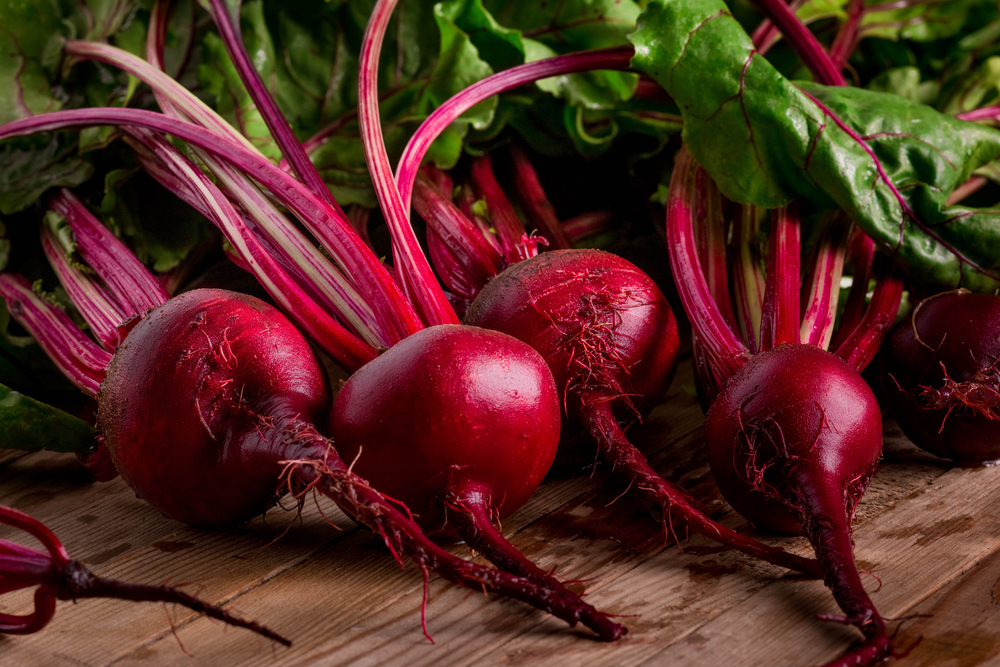
Photo by TalyaAL/Shutterstock.
Beets
Beets are cold tolerant and are typically planted in cooler temperatures, but they will germinate in soil temperatures ranging from 50°F to 78°F. You can get away with putting some seeds into the ground if you aren’t too far down south.
Ideal USDA Growing Zones: 2, 3, 4, 5, 6, 7
Tips: If you’re worried about the heat, play it safe with varieties that are known to be more adaptable or heat resistant such as the Detroit Dark Red, Merlin or Early Wonder.
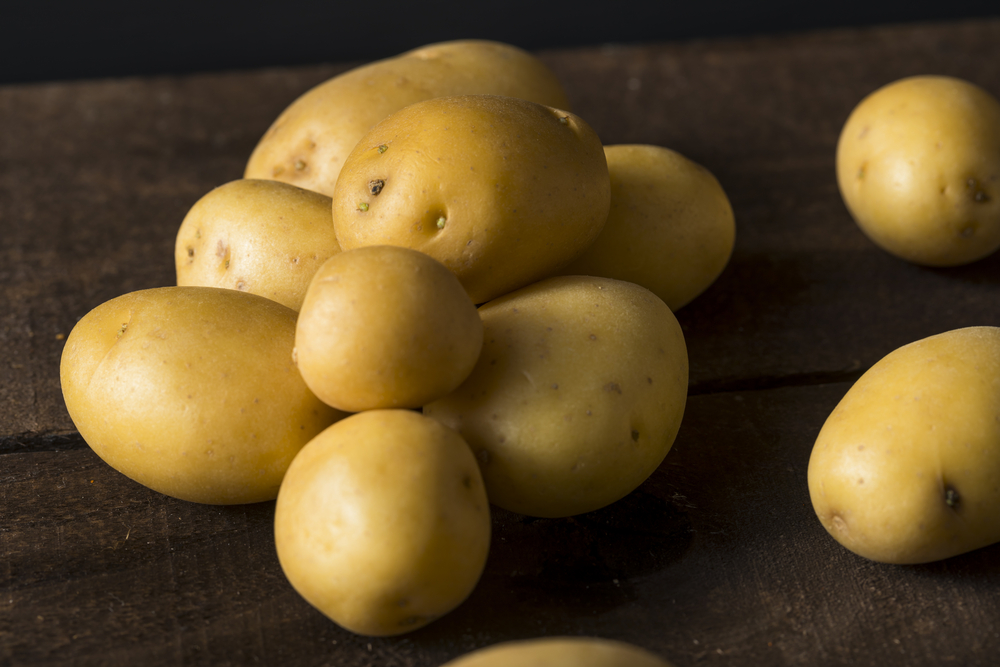
Photo by Brent Hofacker/Shutterstock.
Potatoes
Here’s a vegetable that a lot of people think you need to plant in early spring in order to get a harvest. It’s not necessary. The potato has an average maturity time of 75 to 95 days.
Ideal USDA Growing Zones: 2, 3, 4, 5, 6, 7
Tips: Stay away from longer-maturing potatoes such as russets and opt for Yukon Gold or Norland.
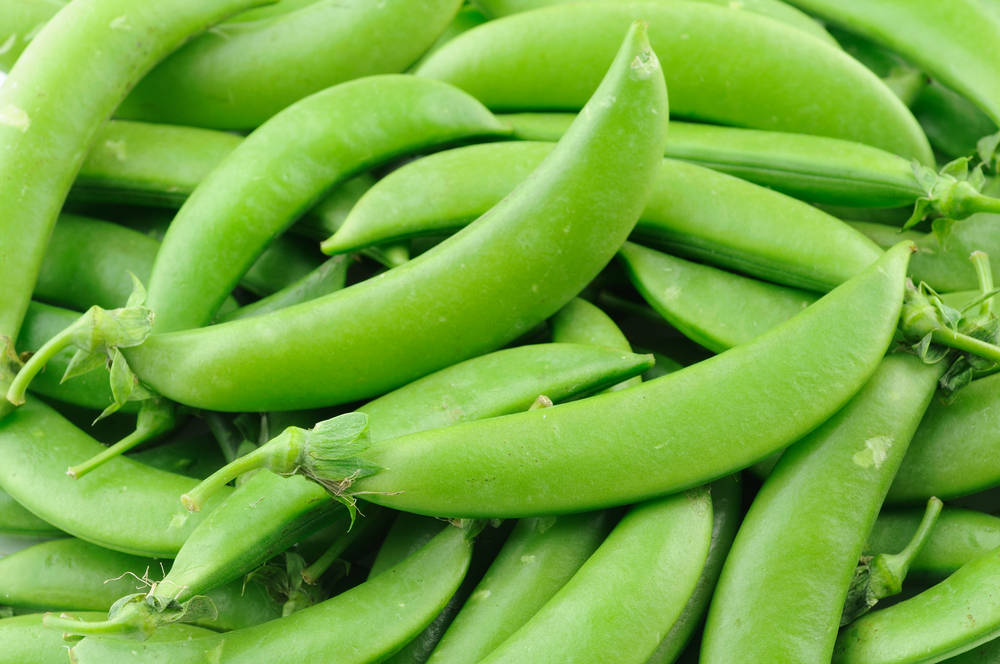
Photo by Norman Chan/Shutterstock.
Peas
Peas are typically grown in the early spring and known for being a cool-weather crop, but if you’re in the right location and choose a variety with some heat tolerance, you can add them into your garden. Most take around 60 to 70 days to mature.
Ideal USDA Growing Zones: 3, 4, 5, 6, 7
Tips: Be mindful of mildew around mid-July. You can treat it with a solution with 40-percent milk and 60-percent water. There’s a common misconception that peas don’t fare well in hot weather, but it actually has more to do with poor irrigation. Keep them well watered in the heat and you shouldn’t have a problem.
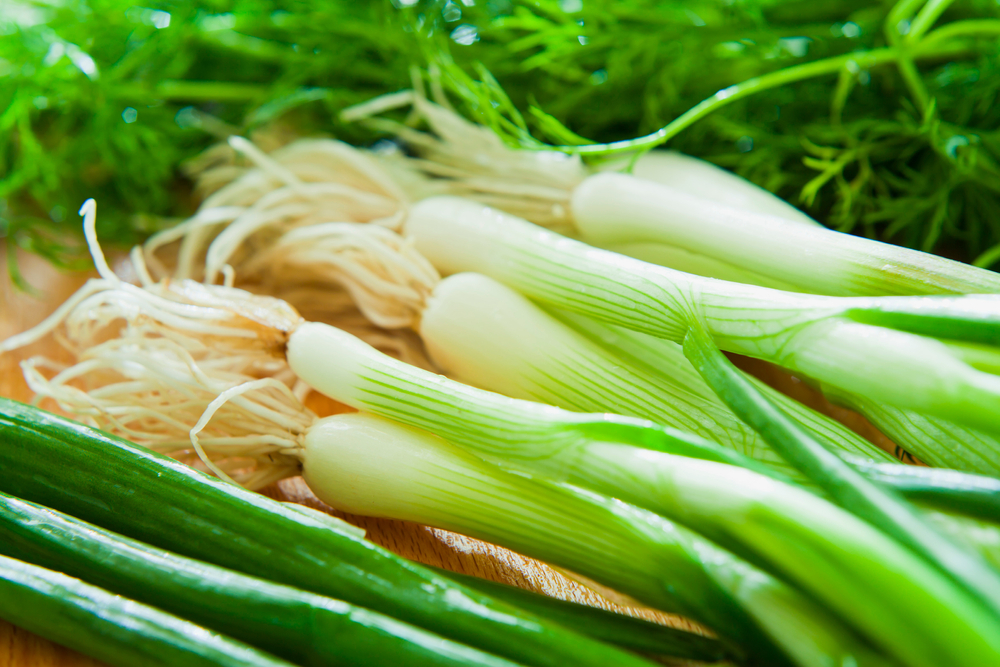
Photo by JoannaTkaczuk/Shutterstock.
Bunching Onions
You can still add onions to your patch. While it’s smart to stay away from bulb onions in June because there isn’t a long enough growing season for them to reach maturity, this is not the case with bunching onions (otherwise known as green onions or scallions).
Ideal USDA growing zones: 4, 5, 6, 7
Tips: Optimal soil temperature is 70°F to 75°F and we recommend choosing a quicker-maturing variety such as the Red Beard or Guardsman. When mapping out your garden, avoid planting them next to peas or asparagus—these are bad companions.
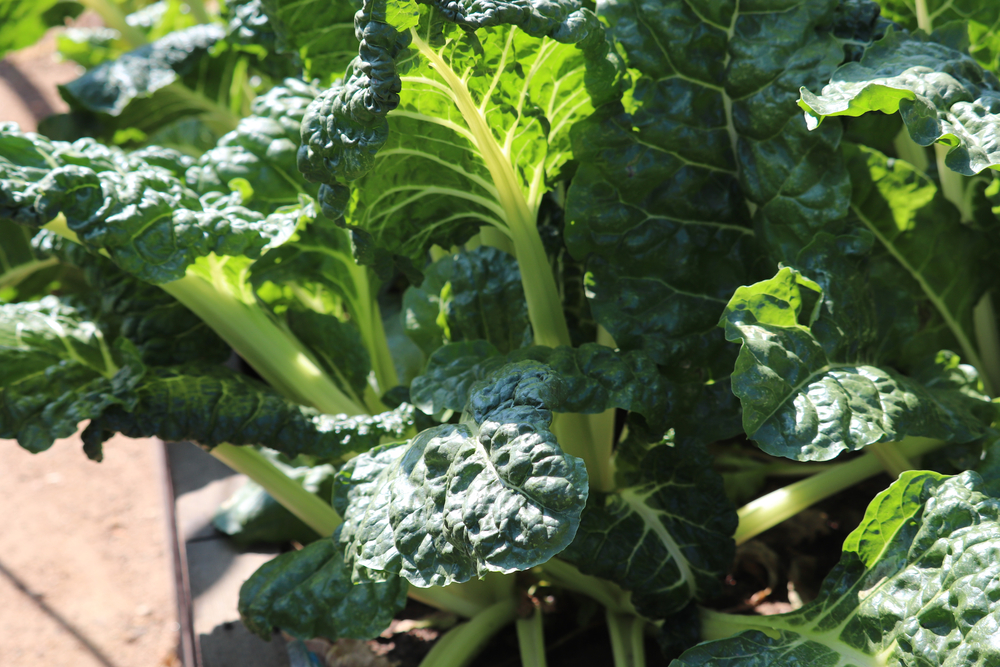
Photo by Joshua Boman/Shutterstock.
Swiss chard
Swiss chard is another versatile crop. It is one that is normally thrown into the cool-season category, but it’s heat tolerant and the most heat tolerant out of all the greens. In other words, it’s an ideal choice if you want an alternative to lettuce, spinach or kale.
Ideal USDA growing zones: 2, 3, 4, 5, 6, 7
Tips: There are some chard varieties that are more heat tolerant than others. Bright Lights, Fordhook Giant or Green Lucullus are all good options.
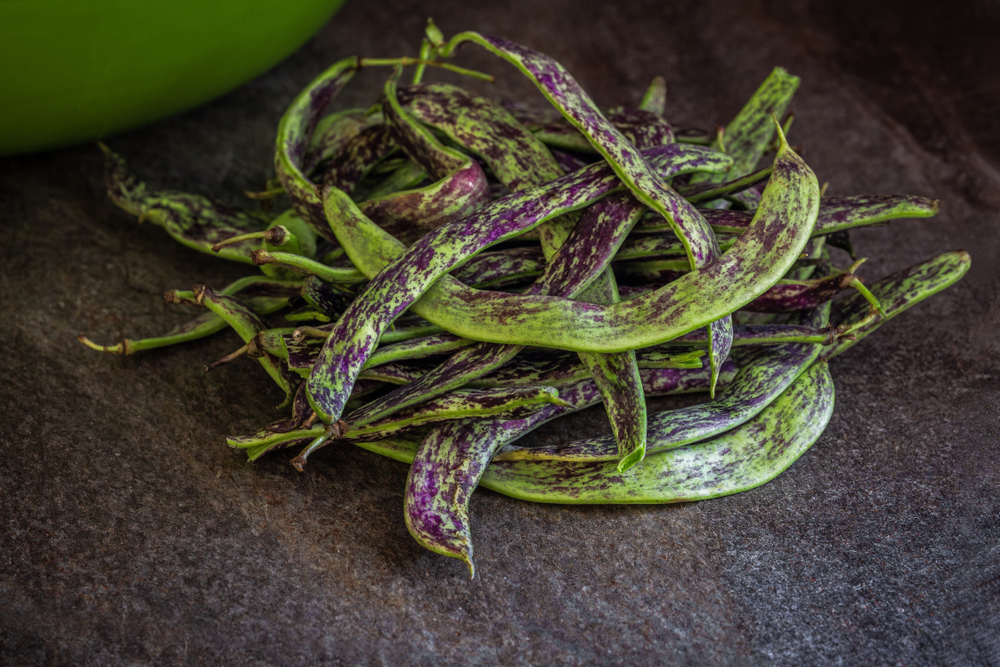
Photo by Leka Sergeeva/Shutterstock.
Beans
Beans are an ideal crop because they mature quickly in warm soil and locations with at least eight hours of sun. They are a conventional warm-season crop that are usually added into the garden. You can either opt for bush beans or pole beans. Bush beans typically grow faster and some varieties are ready for harvest in as soon as 35 days.
Ideal growing zones: 3, 4, 5, 6, 7, 8, 11, 12, 13
Tip: If you’re in a more northern area, green beans are a good option. The Blue Lake variety or Dragon Tongue are two choices. A French Garden variety is an easy-growing option for the new gardener and will grow best in zones 4 to 9. If you’re growing beans in the deep south, a heat-tolerant long bean such as a Chinese Long Noodle is a good option.
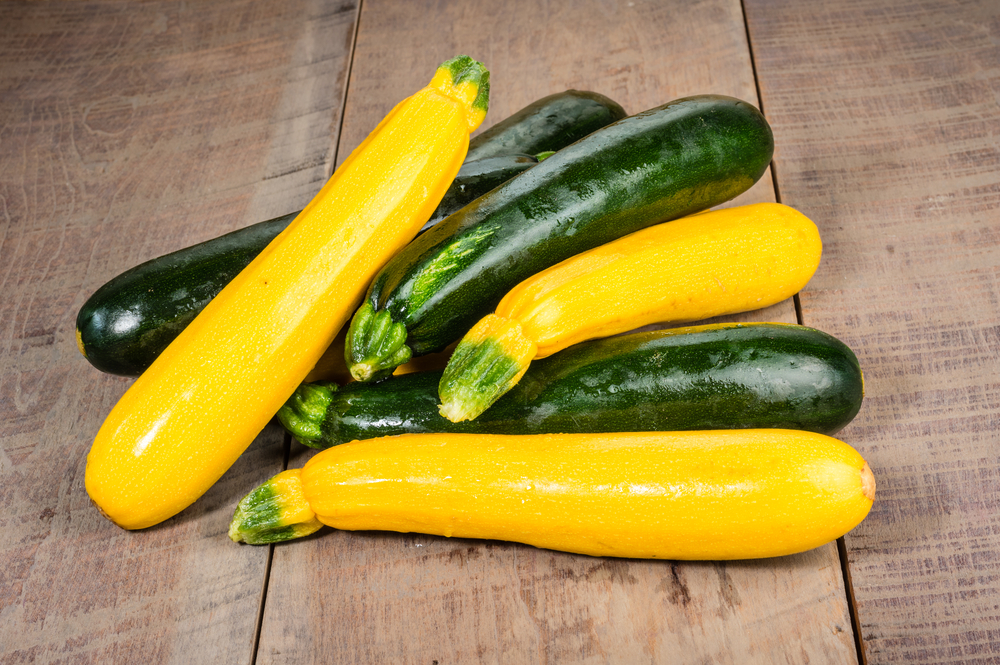
Photo by Zigzag Mountain Art/Shutterstock.
Summer squash
Summer squash comes in all shapes, sizes and varieties from yellow squash to zucchini, making it a great choice for different regions. Well-known varieties in this family consist of zucchini, yellow squash, Crookneck squash and Patty Pan squash. These crops are fairly short-maturing varieties due to the fact that they are harvested when the rind is still tender. It takes between 60 and 70 days before they are ready to be harvested.
Ideal USDA growing zones: 3, 4, 5, 6, 7, 8, 9, 10, 11, 12, 13
Tips: You should pay close attention to your summer squash because it tends to sprout up very quickly. For oblong varieties, harvest when they are 8 to 12 inches long, and for rounder shapes, wait until they are anywhere from 4 to 8 inches in diameter. If you wait until they are too big, the flesh will get too tough to eat.
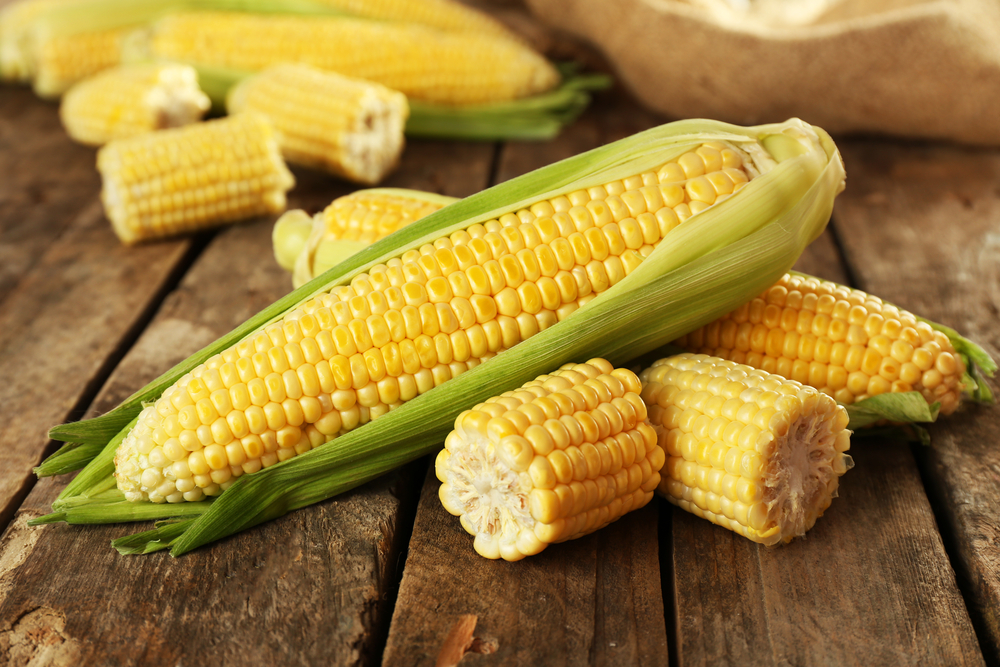
Photo by Africa Studio/Shutterstock.
Corn
Corn is another versatile crop that’s perfect for someone starting their garden a little later. Depending on the variety, it has the potential to mature within 60 to 70 days. It grows best in temperatures ranging from 60°F to 95°F in full sun with well-drained soil.
Ideal USDA growing seasons: 3, 4, 5, 6, 7, 8, 9, 10, 11, 12, 13
Tip: In growing zones 8,9 and 10, cover your seeds with a row cover to make sure that they don’t dry out. If you’re not sure about fast-growing varieties, we suggest Orchard Baby, Golden Bantam or an Early Sunglow corn.
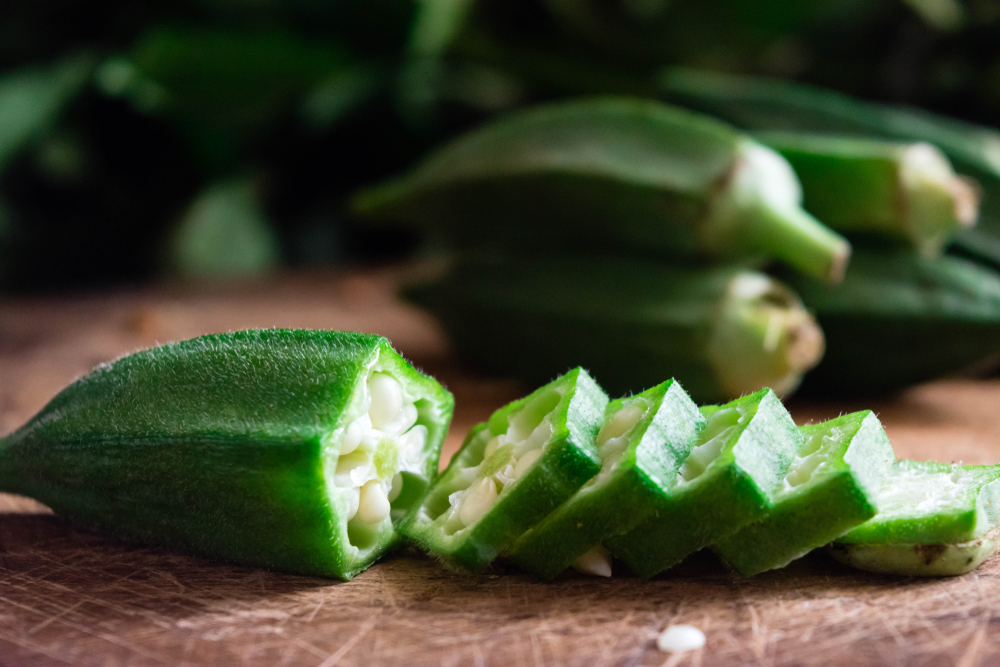
Photo by Red Confidential/Shutterstock.
Okra
Okra grows best when temperatures reach at least 85°F during the day and nights don’t dip below 60°F. It takes on average of about 60 days to mature and handles humidity well, making it an ideal option for gardeners in more southern regions.
Ideal USDA Growing Zones: 5, 6, 7, 8, 9, 10
Tip: Okra should be harvested when it’s small to medium in size, around three inches long. If you wait too long, you’ll be dealing with oversized pods that are tough and really chewy.
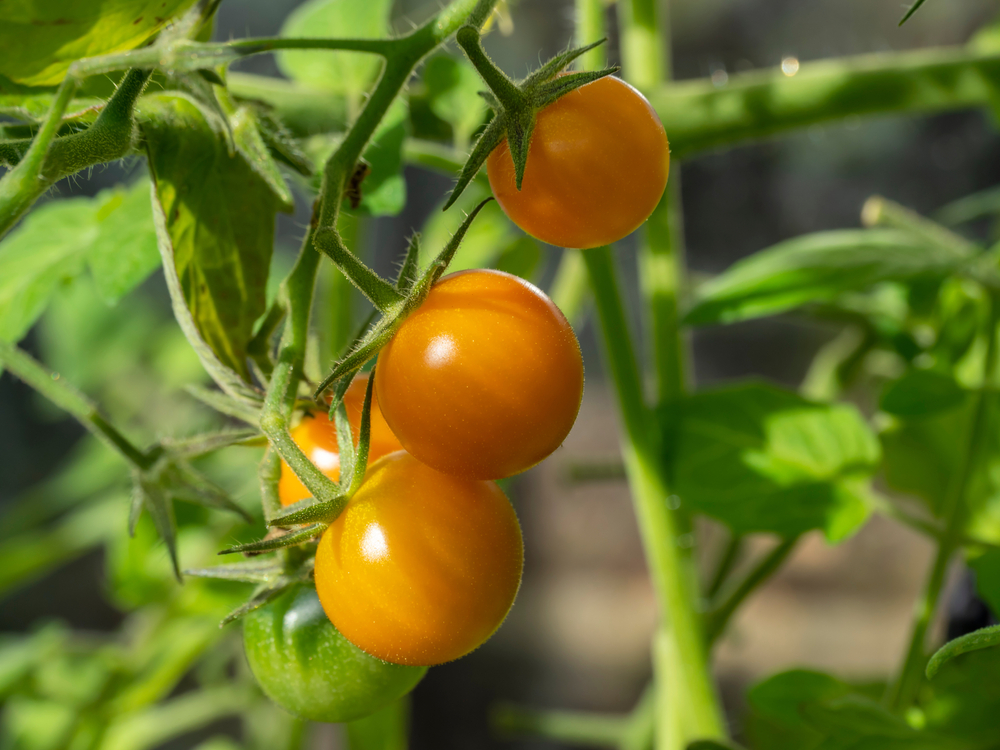
Photo by AngieC333/Shutterstock.
Tomatoes
Some gardeners may argue that your tomatoes should already be in the ground at this time of year. But if you’re a big fan of tomatoes and you want to include them in your summer garden lineup, you can still make it work by choosing the right varieties or using seedlings instead of seeds.
Ideal USDA Growing Zones: 3, 4, 5, 6, 7, 8, 9, 10
Tips: Look for either smaller-fruited tomatoes, determinate or early-maturing varieties so that there’s less time spent waiting for them to grow on the vine. Early Girl, Fourth of July, Juliet, Sungold or Sun Sugars are all great options.
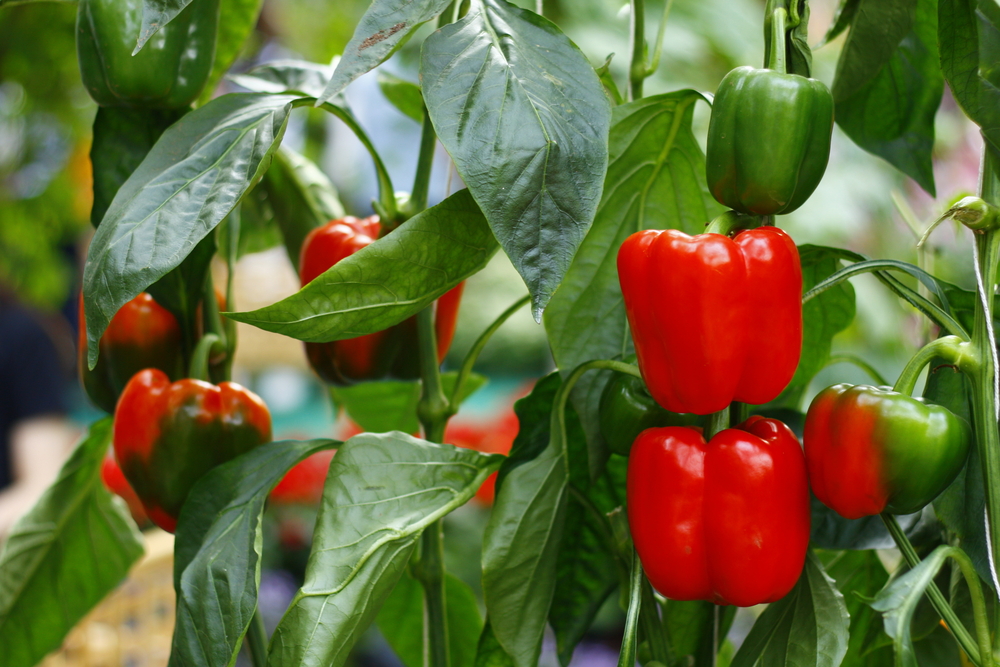
Photo by Vasin Hirunwiwatwong/Shutterstock.
Peppers
Here’s another vegetable that thrives in the warmth of summer. Optimal soil temperatures are above 70°F, making it an ideal addition for this list. Peppers mature between 65 and 120 days, but the majority are ready for harvest around 75 days.
Ideal USDA Growing Zones: 4, 5, 6, 7, 8, 9, 10, 11
Tips: Plant your peppers in a place that has full sun with well-draining soil. If temperatures increase to more than 90°F, consider growing your peppers under a shade cloth. If you’re in a slightly cooler region, opt for a bell pepper over a jalapeno.
And carrots! – shown in your picture but not in the text.
I was so pleased with the experiments i had run in developing a freak nutritious tuber that would grow in a desertification environment .
Unfortunately at the time, I was considered a wacko in my reporting of ,not only they, but my obtaining same yeilds of 30 pepper and eggplant plants reported from penn state agriculture professionals…..from merely 4 pepper and eggplant shrub/trees, around 2 1/2 decades ago.
Que Sera, sera..
Tic toc
Rutabagas are best started in mid-June. Winter squash can also begin now…. and dry beans, too. Chinese cabbages, including nappa for kim chi are better started towards to end of July, after the garlic and onions get harvested.
I love garden vegetables especially corn tomatoes and Strawberries.
happy to be here
Great post and takes for sharing your ideas.
Can I still plant onions just need what kind I need